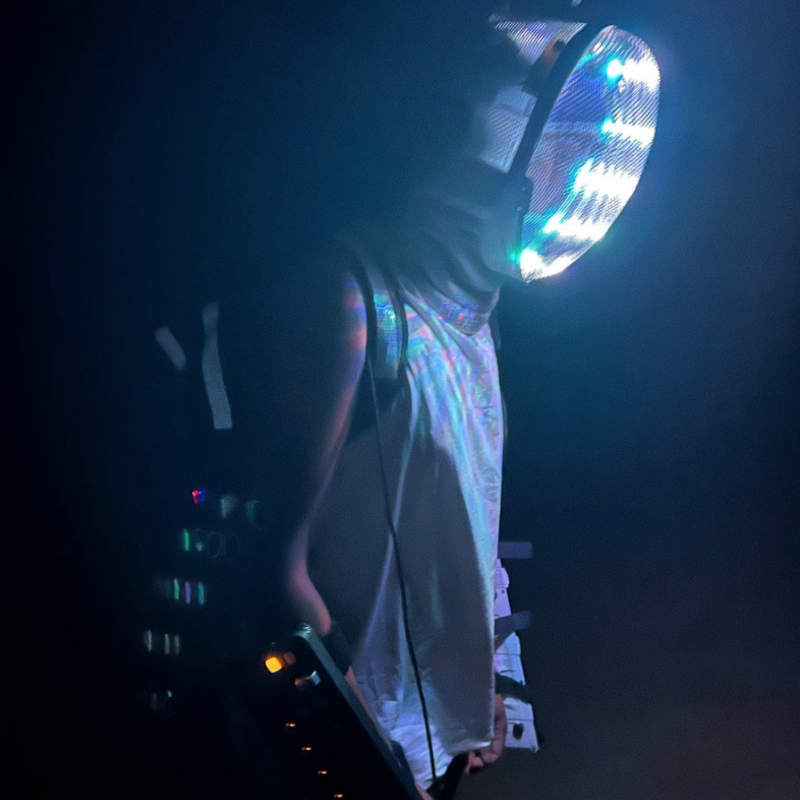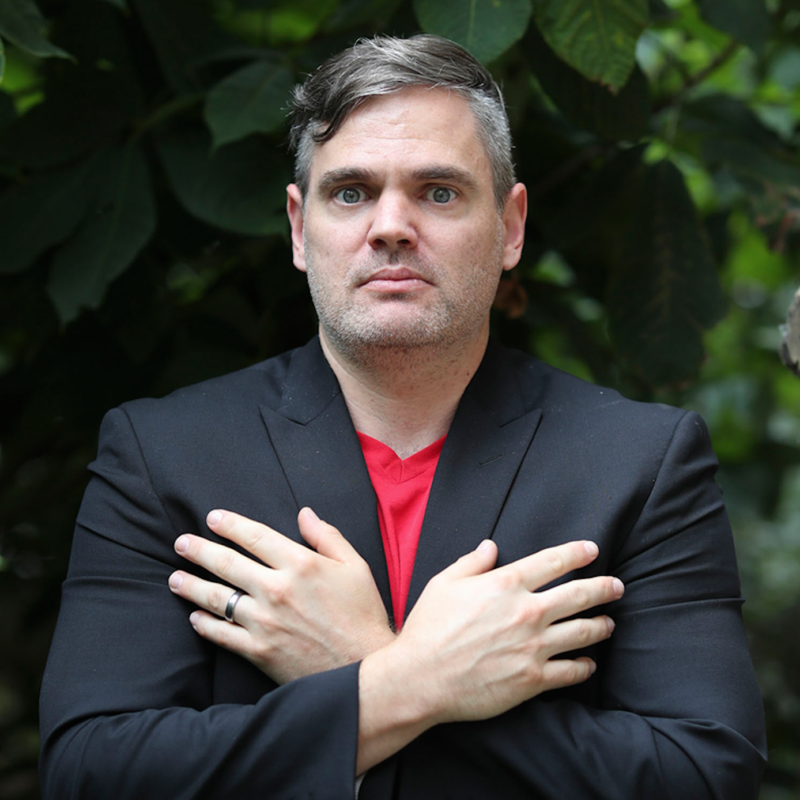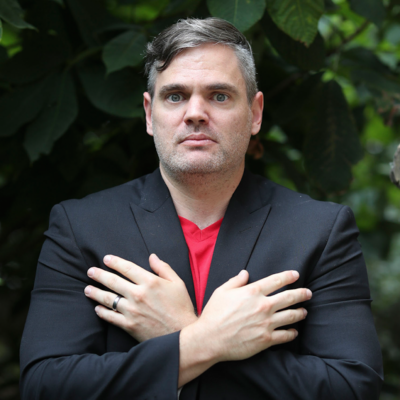
Now playing at Seminole Square Cinema 4
For times call 817-FILM
You can almost imagine a telegram, marked “His Holiness’ Eyes Only,” arriving in Rome, its cryptic message decipherable only by those familiar with Hollywood’s business practices: NO NEED TO WORRY STOP MOVIE BLOWS STOP WILL OPEN BIG THEN DROP OFF 50-60 PERCENT STOP HAS NO LEGS STOP HANKS HAIR NOT REALLY A PROBLEM STOP
Condemned sight unseen by the Vatican, The Da Vinci Code finally arrives in movie theaters, spreading the Gospel of Mary as unearthed by Dan Brown, the Scooby-Doo of Catholic history buffs. Brown, who could start his own religion with the converts his cosmic-mystery novel has found around the world, pulled off a hoax that makes the Hitler Diaries look like the Dead Sea Scrolls. It’s not that people believed every word of Brown’s conspiracy theory—namely, that the Catholic Church has for centuries been covering up Jesus’ marriage to Mary Magdalene, his anointed successor, thereby subverting the sacred feminine in favor of the sacred masculine—but, by combining church history and art history with anagrams and pentagrams, Brown inspired just enough doubt to leave millions upon millions of believers and nonbelievers reaching for his theological X-File. The way, the truth and the light are out there.
But not in here, alas (“here” being a cinematic chapel crammed with the faithful; lights low, spirits high, copies of the Gnostic Gospels tucked into our cup-holders as Ron Howard’s movie version unspools before our eyes). Howard told Newsweek he wanted to reproduce the experience of reading the book. Instead, he’s reproduced the experience of writing a book—several false starts, a muddled middle and multiple dead ends. For all of his infelicities, at least Brown knows how to propel a story forward (pose and solve a mystery, then pose and solve another one). He was smart enough to allow the reader’s imagination to fill in the blanks. But Howard and scriptwriter Akiva Goldsman, taking the book basically one page at a time, show little imagination of their own. They’ve illustrated it, often beautifully (if your travel budget’s a little low these days, here’s Paris and London for less than $5 an hour), but they haven’t wrestled with it, revised it. It’s the King James Version: ornate, and more than a little moldy.
Tom Hanks, looking around for something to sink his teeth into, is Robert Langdon, the Indiana Jones of Competitive Semiotics. Only instead of the Ark of the Covenant, he’s after the Holy Grail—a quest that becomes far more urgent after he’s declared a suspect in the murder of a curator at the Louvre. (The body, surrounded with numbers and letters just waiting to be decoded, is laid out like Leonardo Da Vinci’s “Vitruvian Man.”) Along for the ride (or is she driving?) is Audrey Tautou’s Sophie Neveu, a police cryptographer with a personal stake in the outcome. The curator was her estranged grandfather, you see, and her great-great-great-great-great-great-great-great grandfather was, well…anyway, she’s along for the ride. And a bumpy ride it is, what with a crazed albino monk (Paul Bettany, who cracks a mean whip) hot on their trail. Can these two solve the riddles, unravel the mysteries and unearth the greatest story never told?
Is the Pope Catholic? But, more importantly, do we care? Brown, whose dog-eared copy of The Name of the Rose will surely bring top dollar on eBay some day, managed to get us excited about such arcane matters as the Priory of Sion, the Knights Templar and the Council of Nicea. Howard, however, puts us right back to sleep. It seems that he’s either bored with the material, or desperately afraid of overstimulating the audience. At the very least, couldn’t he at least have gotten a decent spook going, à la The Exorcist or The Omen? Would that really have brought down the wrath of God? Alternatively, couldn’t he have had some fun? Of the entire cast, only Ian McKellen, as a wealthy, eccentric scholar with a Mary Magdalene obsession, seems to realize that The Da Vinci Code is basically Harry Potter and the Chamber of Secrets for adults. This movie needed a De Palma, a Tarantino or a Stone—you know, a cinematic blasphemer. Instead, Hollywood sent a choirboy—and the rest of us must suffer for his sins.





